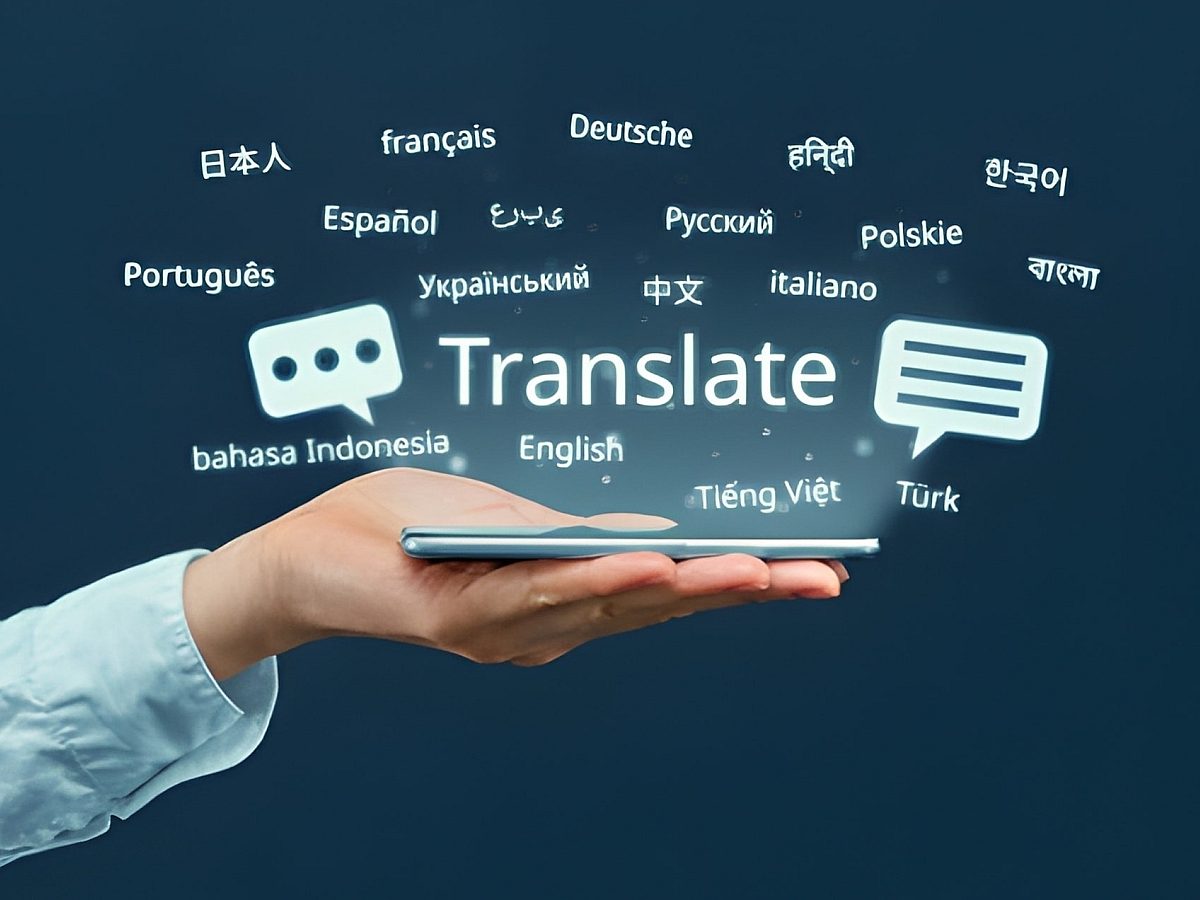The Hidden Cost of Not Translating Corporate Training Materials
Companies spend time and budget building training programs. When those programs cross borders, the work isn’t done. Delivering training only in English or assuming everyone will understand creates gaps that cost time, money, and risk.
Below are the real costs you face, and clear steps HR and training teams can take to protect learning outcomes when rolling out training globally.
What gets lost when training isn’t translated
Training aims to change behavior and transfer knowledge. If learners only partly understand the material, the result is partial compliance, slower onboarding, and weaker performance.
Common failures when training stays in one language:
Learners miss critical safety or compliance steps.
Learners skip modules they don’t understand, lowering completion and retention.
Managers repeat training locally, creating duplicate effort and inconsistent messaging.
Training in the learner’s preferred language reduces misunderstanding and improves safety and comprehension. Research and industry guidance note that native-language training produces better outcomes for worker safety and understanding.
Real costs you can measure
Operational risk and compliance fines.
Regulatory training often has legal weight (safety, data protection, finance). Non-compliance can trigger investigations, remediation costs, and fines. The total cost of non-compliance runs into millions for many organizations. Investing in clear, localized training is cheaper than fixing compliance failures later.Lower completion and retention rates.
Online course completion is still a challenge. Global eLearning completion figures vary, but online learning completion can lag in randomized settings localized content improves comprehension and completion. Higher completion means better skill adoption and fewer re-runs of the same course.Productivity drag and onboarding delays.
When new hires don’t fully grasp training materials, time to productivity lengthens. That multiplies costs for high-volume hires and slows global project timelines.Hidden HR costs (turnover, engagement).
Employees who feel training ignores their language or context report lower engagement
disengagement drives turnover and recruitment costs.
Why Literal Translation Falls Short
A word-for-word translation can be technically correct and still fail. Training uses examples, legal phrasing, scenarios, and cultural references. If those aren’t adapted, learners may misunderstand intent or miss the point.
Focus localization efforts where they matter most:
Safety and compliance materials (no shortcuts here).
Role-specific procedures and assessments.
Learner-facing media: narrator scripts, on-screen text, quiz items.
Localized training keeps the message intact while making content meaningful for different regions.
Five practical steps HR teams should take today
Prioritize what must be localized.
Start with high-risk and high-impact courses: compliance, safety, onboarding. Those give the biggest ROI from translation and cultural adaptation.Use learner feedback and metrics.
Track completion, quiz pass rates, helpdesk tickets, and survey responses by market. Poor results in one country point to localization gaps.Localize content, not only language.
Adjust examples, measurements, imagery, and scenarios. Replace US-centric case studies with locally relevant scenarios so learners see how the content applies to their day-to-day work.Choose a staged rollout.
Translate and pilot courses in one market, gather feedback, refine, then scale. Pilots reduce costly rework and help validate tone, pacing, and clarity.Keep glossaries and course assets centralized.
Maintain translation memories and term bases so technical terms remain consistent across courses and markets. This saves time on future updates and keeps training uniform.
How localization improves learning outcomes (quick wins)
Higher comprehension: Learners understand instructions and assessments the first time.
Faster onboarding: New hires reach productivity sooner when training matches their language.
Lower error rates: Clear training reduces mistakes in safety and operational tasks.
Stronger engagement: Learners who see local examples complete courses at higher rates.
Where Translation Fits in Your Training Workflow
Design phase: build courses with localization in mind (separate text from media, avoid hard-coded images with embedded text).
Authoring phase: tag content for translation; keep translatable strings discrete.
Localization phase: apply professional translation + cultural adaptation; update examples and assessments.
QA & pilot: run local reviews with subject-matter experts; collect learner feedback before full rollout.
This workflow reduces rework and keeps costs predictable.
How Wolfestone Group Supports Training Localization
Wolfestone Group delivers end-to-end training localization:
Translation & cultural adaptation for global audiences: Training materials are accurately translated and adapted to local cultures.
Media localization: subtitles, voiceovers, and video content: Videos and multimedia are localized to ensure clarity and engagement.
Consistency & quality: Glossaries, translation memories, and ISO-certified QA processes keep content accurate across markets.
Project management & LMS integration: Dedicated managers oversee projects and ensure smooth, timely delivery.
Their approach ensures training is accurate, culturally relevant, and easy to update globally.
Final word
Skipping translation or settling for literal, unadapted materials creates hidden costs: compliance exposure, lower completion rates, slower onboarding, and disengaged teams. For US companies training global workforces, Localization protects your business and keeps training effective.
Start with a review of high-impact courses, pilot localized versions in one market, then scale with the processes and glossaries that keep future updates fast and affordable.
👉 Ready to see how localization can improve your training? Contact Wolfestone Group to get started.



